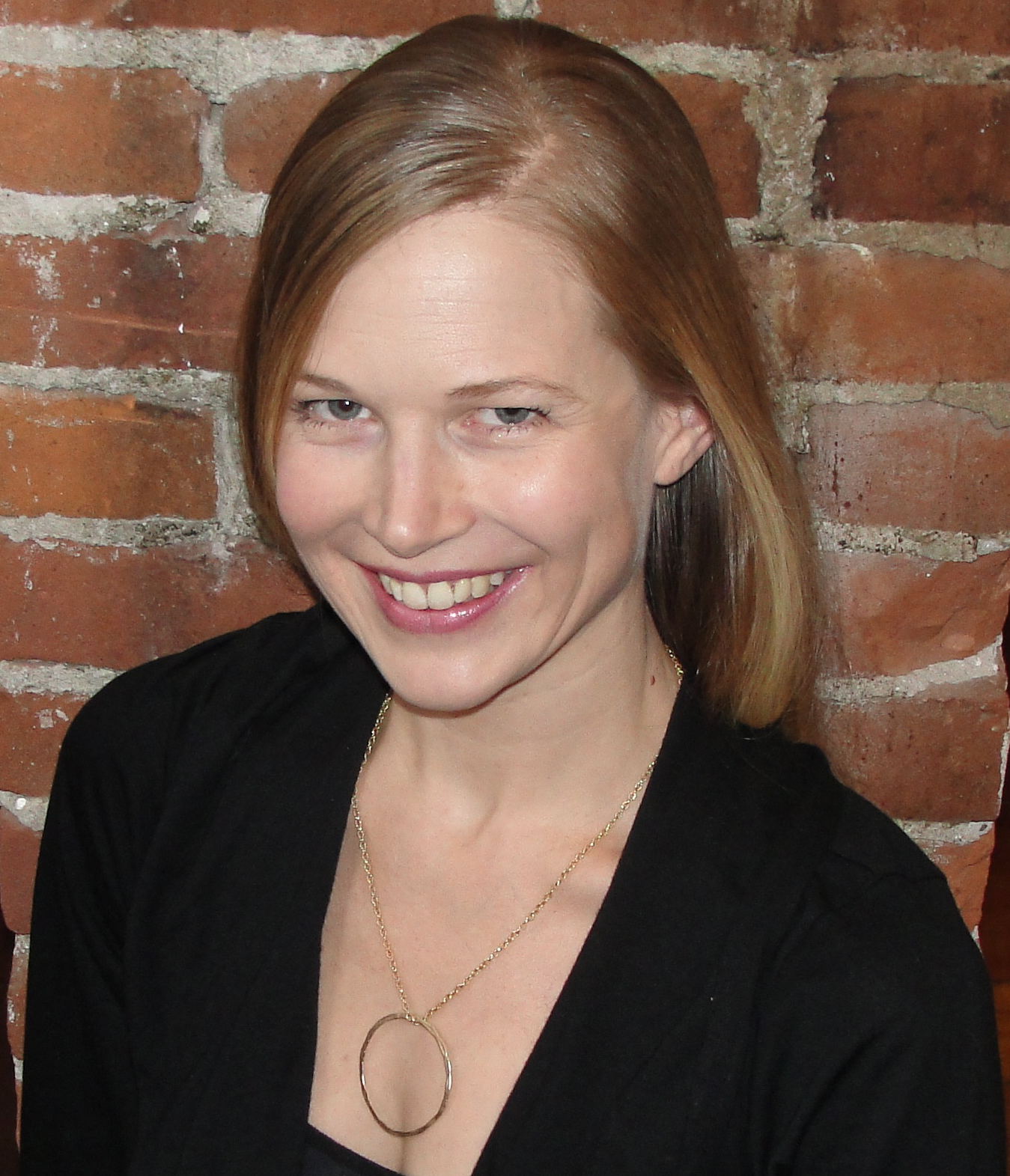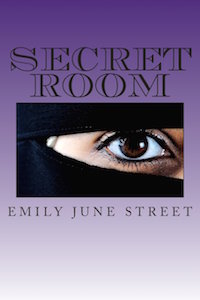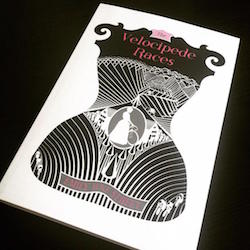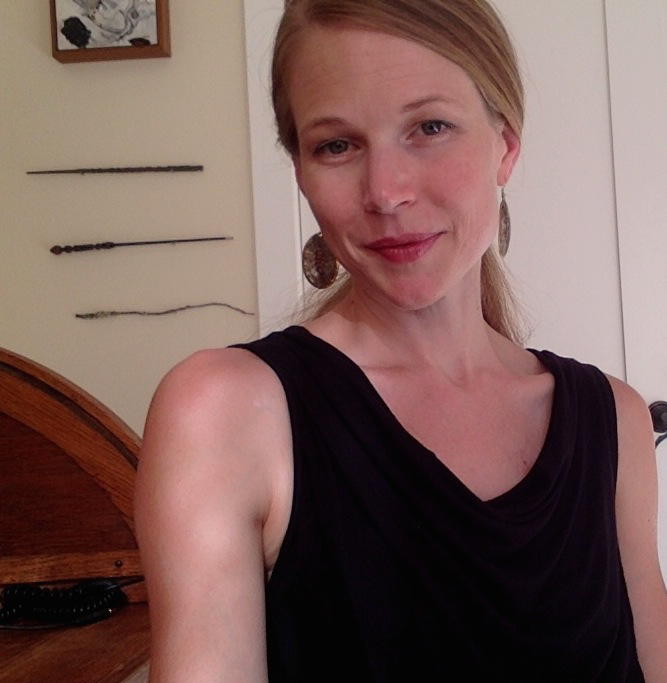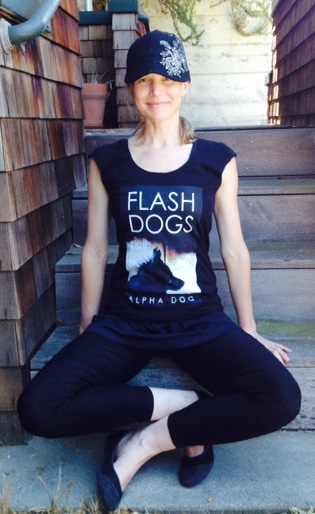 Wahoo! It’s the brand spankin’ new FIRST #WriterWednesday of 2016, and I could not be more delighted to have multi-talented author, editor, publisher and Pilates guru Emily June Street here to kick us off in style. Emily is a #FlashDog, meaning she’s active in the flash fiction contest circuit (including my beloved, now recently retired Flash Friday), which is how we met – and she continues to astound me with everything she does (where does she find the time?) and how darn well she does it. You wanna talk fab fantasy writing, you’ve found the right woman (or should I say WRITE woman? Bwah ha ha! [Sorry, it’s day 6 without sugar, and I’m a little loopy]).
Wahoo! It’s the brand spankin’ new FIRST #WriterWednesday of 2016, and I could not be more delighted to have multi-talented author, editor, publisher and Pilates guru Emily June Street here to kick us off in style. Emily is a #FlashDog, meaning she’s active in the flash fiction contest circuit (including my beloved, now recently retired Flash Friday), which is how we met – and she continues to astound me with everything she does (where does she find the time?) and how darn well she does it. You wanna talk fab fantasy writing, you’ve found the right woman (or should I say WRITE woman? Bwah ha ha! [Sorry, it’s day 6 without sugar, and I’m a little loopy]).
Without further ado, let’s hear more about Emily and her work!
Your latest novel is The Cedna, the 2nd book in the Tales of Blood and Light series, continuing the story from book 1, The Gantean. Give us a 3 sentence summary of The Cedna.
Every Cedna serves as a sacrifice to keep the Ganteans’ magic alive, but as her homeland faces destruction at the hands of southern raiders and magic wanes, one Cedna seeks a solution that will not cost her life.
Though dangers loom on every side, she travels south in a desperate diplomatic bid to protect her island home.
Ethnic prejudices, old animosities, and a handsome stranger who pulls on her with a magical bond quickly overturn her plans, leading the Cedna on a world-shattering adventure of love, heartbreak, and war, where every choice is final.
Was book 2 easier or harder to write than book 1. Why?
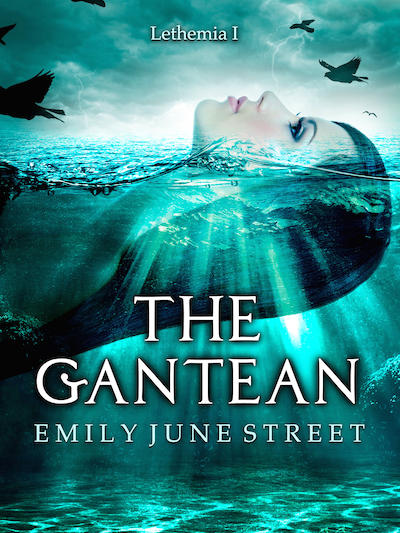 Each book presented different challenges. The Gantean was hard because it was the first book I ever wrote, even though it wasn’t the first I published. It took so many drafts (we’re talking probably close to one hundred) before I’d finally massaged it into something other people might want to read. Both books, The Cedna and The Gantean, are pretty unconventional, and so they were both difficult as far as training them into some resemblance of “typical story structure.” I’m juggling many balls in this series, working with a complicated story, a big vision, and various unconventional ideas about story-telling. It’s difficult all the time, in every book. One of the more challenging aspects of The Cedna was that I had an enforced timeline I had to follow because of certain connections and overlaps with The Gantean, and that timeline didn’t fit very well with said “typical story structure.”
Each book presented different challenges. The Gantean was hard because it was the first book I ever wrote, even though it wasn’t the first I published. It took so many drafts (we’re talking probably close to one hundred) before I’d finally massaged it into something other people might want to read. Both books, The Cedna and The Gantean, are pretty unconventional, and so they were both difficult as far as training them into some resemblance of “typical story structure.” I’m juggling many balls in this series, working with a complicated story, a big vision, and various unconventional ideas about story-telling. It’s difficult all the time, in every book. One of the more challenging aspects of The Cedna was that I had an enforced timeline I had to follow because of certain connections and overlaps with The Gantean, and that timeline didn’t fit very well with said “typical story structure.”
Where do your ideas come from? (Yeah, I feel I have to ask that!)
The short answer is…I have no idea. Some bizarre mixing and reconstituting process in my subconscious mind, where bits and pieces of things I read, see, and feel get melded and processed into new ideas? I read very widely, and I do like to read anthropological and historical books for inspiration.
How long / how many drafts did it take you from start to finish on this book?
If I counted I would cry, so I don’t count. More than ten revision passes, for sure, but less than twenty.
What’s in the works for you in 2016?
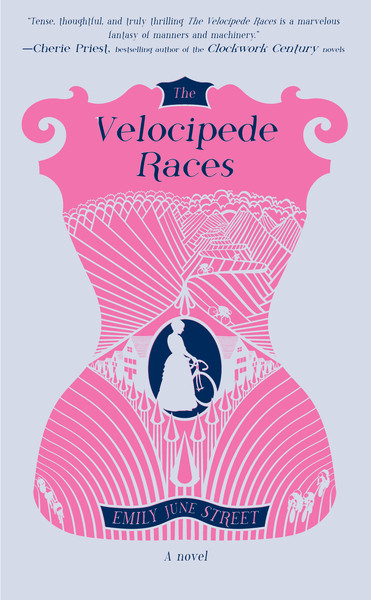 So many things, and I’m excited about all of them. My first traditionally-published book, The Velocipede Races, is coming out in April from Microcosm Publishing. It’s being printed and shipped right now, and I can’t wait to see it!
So many things, and I’m excited about all of them. My first traditionally-published book, The Velocipede Races, is coming out in April from Microcosm Publishing. It’s being printed and shipped right now, and I can’t wait to see it!
My next indie-published book, Book Three in Tales of Blood & Light, Sterling, is scheduled for release in June 2016. I’ll be getting into some more revision passes on it in the next few months.
I’m one of the producers of the Flashdogs flash fiction anthologies, so I’ll be doing the formatting for the latest one, Time, this January and February.
I’ll be revising Tales of Blood & Light, Book Four, tentatively titled Mage and Source, for probably the entire year. It’s a big mess—I’m taking two books and combining them into one. Or at least I think I am.
I’m writing two non-fiction books, one about Pilates and one about basic stretches for everyday body maintenance, not to mention the constant juggle of working on 5-6 half-formed fiction manuscripts—and I’ve resolved to finish at least one of those this year.
[ML: I just fell over in exhaustion, reading all that. Seriously, Emily, how do you do it?]
Tell us about feminism and how it works (or doesn’t work) into the fantasy writing realm.
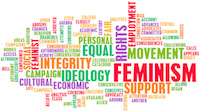 I love how you said to answer these questions in 3-4 sentences…but Margaret, this is dissertation or thesis material! I’ll try for three paragraphs and see how I do.
I love how you said to answer these questions in 3-4 sentences…but Margaret, this is dissertation or thesis material! I’ll try for three paragraphs and see how I do.
[ML says: I know. I’m a stinker. But I just had to ask, as you seem the perfect person to tackle it.]
The only big fiction genre that I would say emerged outside of “the patriarchy” is the romance genre, which has historically been women writing for women—and that’s one of the reasons I love romance and try to include a bit of a romantic plot in each of my books—though I can’t guarantee HEAs in worlds so rife with chaos and conflict as the ones I write.

The “fantasy writing realm” has long been ripe for a feminist revolution. One way I actively try to incorporate my feminist ideals* into my fantasy books is by writing complex, multi-layered female leads who balance a variety of goals and concerns in their lives—as all women do. I also work consciously to subvert some of the traditional tropes and values in the fantasy genre—for instance, repaving the masculine heroic path with more feminine ideals and values, or giving a woman’s perspective on warfare. One line I really like along those lines from The Gantean is: “War and politics seem like petty games of men when there are children to raise.” I like to play with the expectations of the genre using the voices of the women I write.
*by feminist ideals I mean the notion that women and people of fluid gender deserve and should be granted the same rights, privileges, and respect in the world as men—and here’s where I get radical—and that historically and currently women-identifying people are denied this equality due to biases in our world that have vested modes of power in men. I also mean that women and people of fluid gender should feel free and safe in public spaces and in their homes the world over. Just for the record.
[ML says: Great answer. Not that I expected anything less.]
What inspires you to write?
Oh, anything and everything. It’s sort of a natural extension of reading, and I am an avid reader. You could say that reading inspires me to write.
Which type of fiction do you love most, and why?
 I am drawn to historical fiction and complicated fantasies because I like world-building, and I like to explore a world different from the one I live in as I read. I’m interested in how setting shapes characters, how environment shapes psychology, so I enjoy the thought experiment inherent in a setting that is unfamiliar to me. As I read, I like to question what remains the same about people’s motivations and what changes, given the circumstances of setting.
I am drawn to historical fiction and complicated fantasies because I like world-building, and I like to explore a world different from the one I live in as I read. I’m interested in how setting shapes characters, how environment shapes psychology, so I enjoy the thought experiment inherent in a setting that is unfamiliar to me. As I read, I like to question what remains the same about people’s motivations and what changes, given the circumstances of setting.
Name one interesting thing you learned in researching/writing your last book.
I did a fair amount of research about peoples who live in the extreme north, though in no way should this be taken as me modeling the Ganteans after any particular culture. The Ganteans are very much a figment of my imagination. I just wanted their lifestyle to be somewhat realistic, so I wanted to learn how people who live in extreme climates get by, what kinds of game they hunt, what kinds of resources are available to them. I especially enjoyed learning about what these people eat. One treat for the Alaskan native people is whipped fat— from seal, walrus, moose, or caribou—mixed with berries and moss or greens. I’d really like to know what this tastes like.
Name two things people don’t know about you.
 I imagine most people reading this know very little about me, so this should be easy!
I imagine most people reading this know very little about me, so this should be easy!
1) I have a strong aversion to driving—it gives me migraines and makes me feel sick—and so I get around mostly by bicycle.
2) To all those people who say insta-love isn’t real—I knew the very moment that I first saw my husband-to-be that I was going to marry him. Even though I knew this, I wisely avoided proposing anything more than a Pilates session and trip to the Honolulu aquarium on that first day.
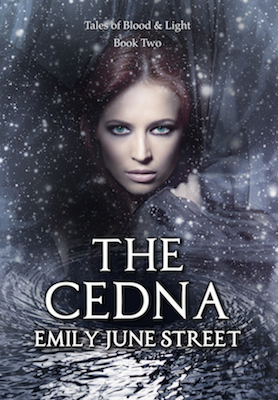
And now, a bit on The Cedna:
Every Cedna is born to die, paying the balance that keeps magic alive.
One Cedna desires a different path, free from the pain that comes with the sacred duty.
As her homeland faces destruction at the hands of southern raiders, the Cedna fights against her fate as a ritual sacrifice.
Though dangers loom on every side, she travels south in a desperate diplomatic bid to protect the island.
Ethnic prejudices, old animosities, and a handsome stranger who pulls on her with a magical bond quickly overturn her plans, leading the Cedna on a world-shattering adventure of love, heartbreak, and war, where every choice is final.
Want to find Emily’s books? Amazon book links:
The Cedna: http://www.amazon.com/Cedna-Tales-Blood-Light-Book-ebook/dp/B018PZZ9DE
The Gantean: http://www.amazon.com/Gantean-Tales-Blood-Light-Book-ebook/dp/B00ZJOV0SI
The Velocipede Races: http://www.amazon.com/Velocipede-Races-Bikes-Space/dp/1621060586
Author Bio:
Emily June Street is the author of four novels and numerous short stories. She co-founded Luminous Creatures Press for her independent publishing endeavors with Beth Deitchman in 2013. Emily lives in Northern California, where she splits her time between teaching Pilates and writing. She is an avid cyclist and occasionally attempts ballet.
Want to connect further with Emily? Find her here:
WordPress: https://emilyjunestreet.wordpress.com/
Twitter: @EmilyJuneStreet
Wahoo! I so love it when Emily comes to visit. I feel smarter (and fitter) just being around her – even virtually. Thanks, Emily – wishing you the best of luck on all of your future endeavors!

